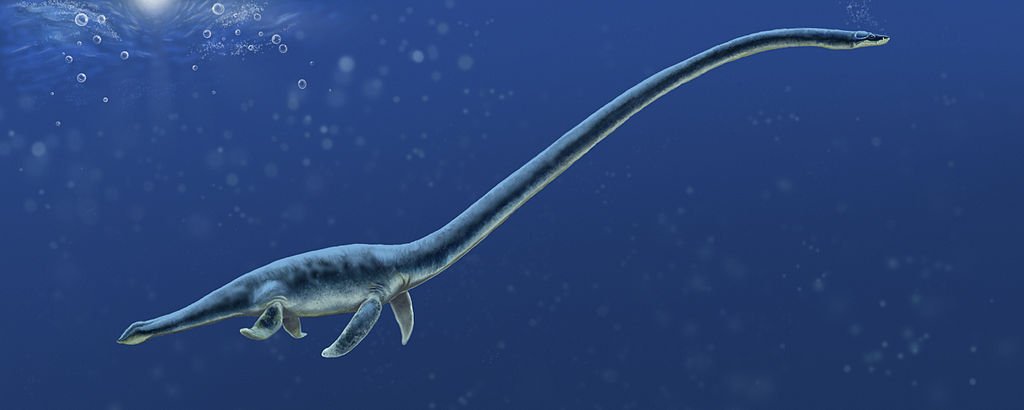For nearly four decades, a set of enigmatic fossils from British Columbia puzzled scientists so much so that they became the province’s official fossil emblem before anyone could definitively identify them. Now, after years of debate, paleontologists have finally unveiled the creature behind the mystery: Traskasaura sandrae, a bizarre 12-meter-long elasmosaurus with a Frankensteinian mix of ancient and advanced traits. This “very odd” marine reptile, described in a landmark study in the Journal of Systematic Palaeontology, rewrites our understanding of how plesiosaurs hunted, evolved, and dominated ancient oceans. With teeth built for crushing shells and a shoulder structure unlike any known plesiosaur, this newly named species wasn’t just another long-necked predator, it was an evolutionary maverick.
A Fossil That Defied Classification for 37 Years
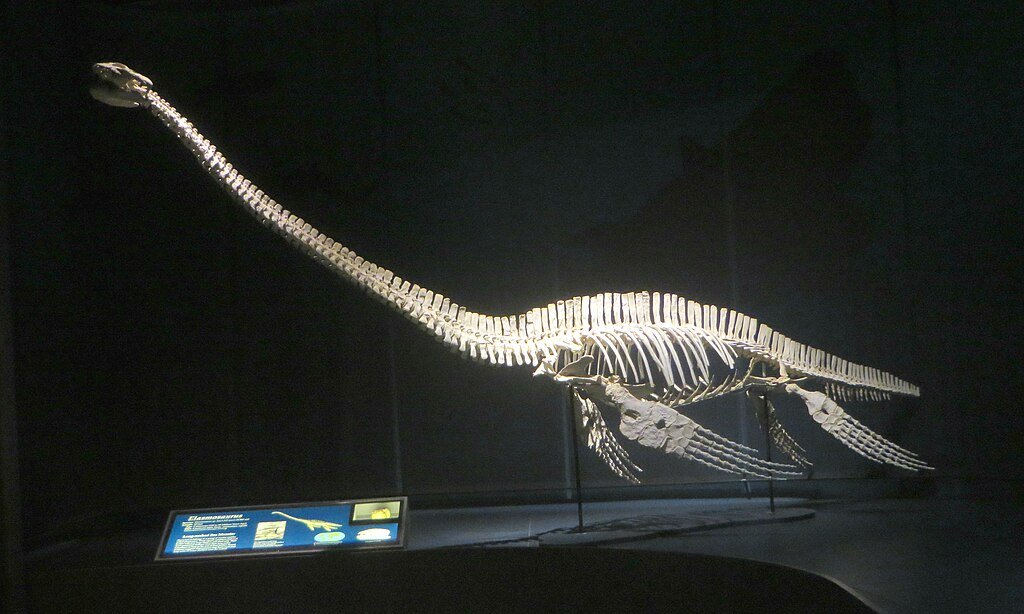
The story started in 1988 when Vancouver Island’s amateur fossil hunters Michael and Heather Trask came upon a partial skeleton beside the Puntledge River. Scientists first hesitated to name it a new genus since the adult specimen had conflicting traits. Over time, two more fossils, a juvenile skeleton and an isolated humerus joined the collection, but the creature’s identity remained elusive. Even after being declared British Columbia’s Provincial Fossil in 2023 (following a 2018 public vote where it won 48% support), the animal lacked a formal scientific name.
The breakthrough came with the discovery of an “excellently preserved” partial skeleton, allowing an international team to confirm its uniqueness. “The shoulder, in particular, is unlike any other plesiosaur I have ever seen, and I have seen a few,” remarked lead author Professor F. Robin O’Keefe of Marshall University. The team’s analysis revealed a shocking blend of primitive and advanced traits, making Traskasaura a taxonomic rebel in the plesiosaur family tree.
Built Like No Other Elasmosaur
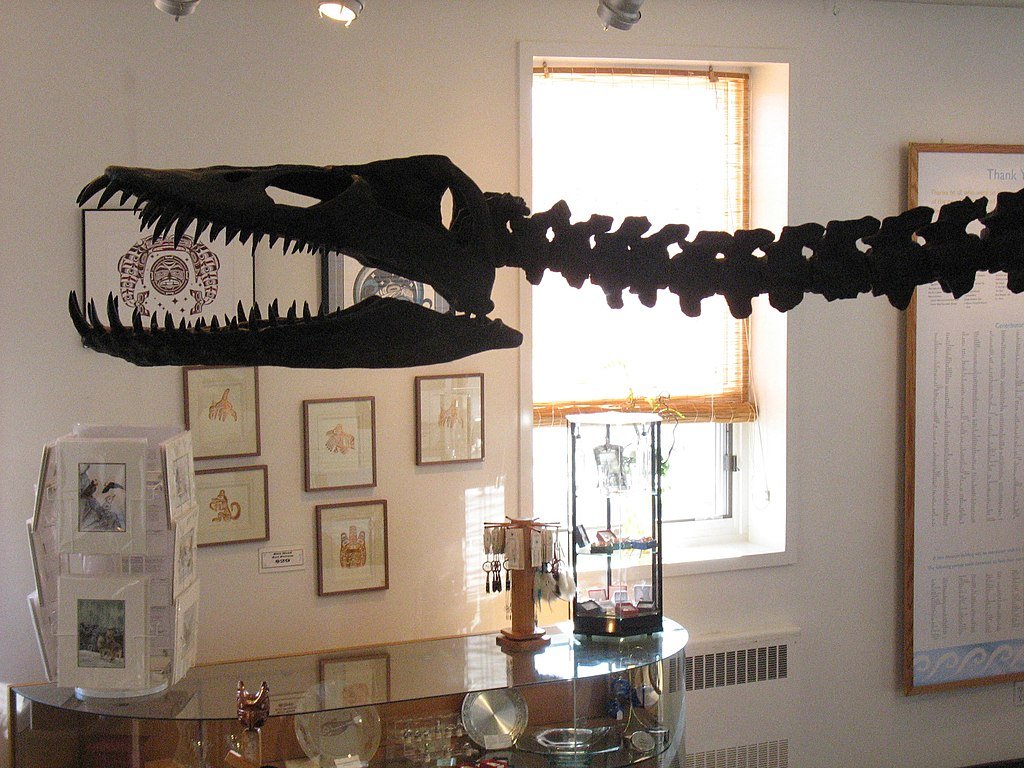
Most elasmosaurus long-necked plesiosaurs were sleek hunters that snagged fish with needle-like teeth. Traskasaura shattered expectations with its heavy, robust teeth, striated for crushing hard-shelled prey like ammonites. But its strangest feature? A shoulder joint angled for downward swimming, a trait never before seen in early plesiosaurs.
- Neck: At least 36 vertebrae (likely over 50), rivaling the longest-necked elasmosaurus.
- Teeth: Round, with longitudinal striations perfect for puncturing ammonite shells.
- Limbs: Unusually straight bone shafts, suggesting a powerful, downward stroke for ambush hunting.
“This wasn’t a pursuit predator,” O’Keefe explained. “It likely dove from above, like a Cretaceous-era stealth bomber.” Such adaptations hint that Traskasaura occupied a niche no other plesiosaur had cracked literally.
Convergent Evolution: A Southern Hemisphere Doppelgänger?
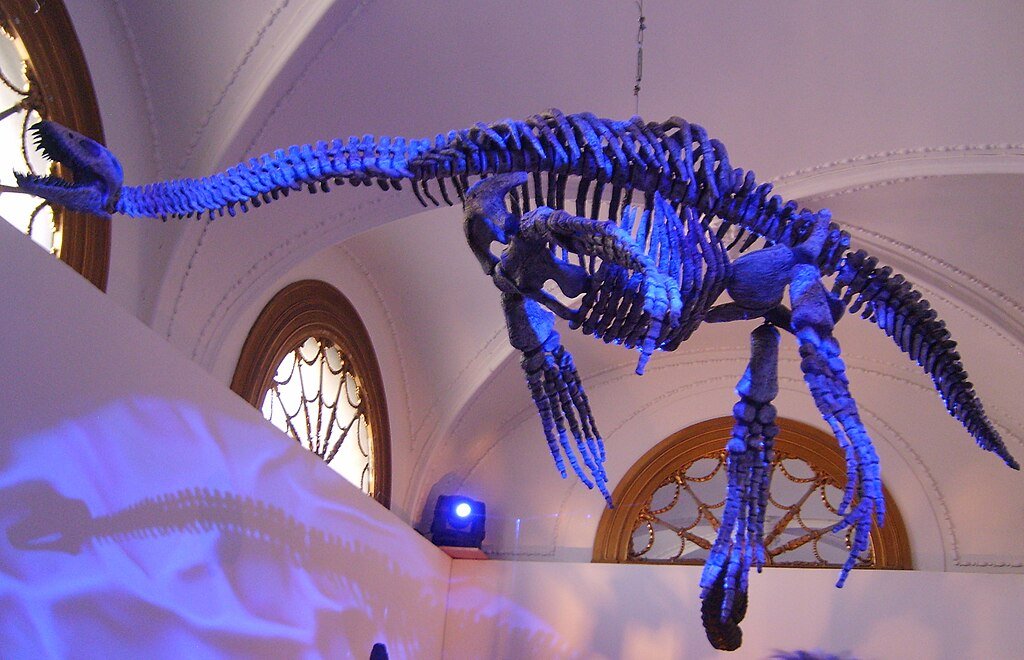
Initially, O’Keefe suspected Traskasaura was related to Antarctic plesiosaurs called aristonectines filter-feeders with similar robust teeth. But phylogenetic analysis revealed a twist: the similarities were due to convergent evolution, not shared ancestry.
“Traskasaura and aristonectines evolved crushing teeth independently,” said Chilean co-author Rodrigo Otero. This parallel adaptation suggests that distant oceans hosted eerily similar predators, shaped by comparable ecological pressures.
A Legacy Etched in Stone and Memory
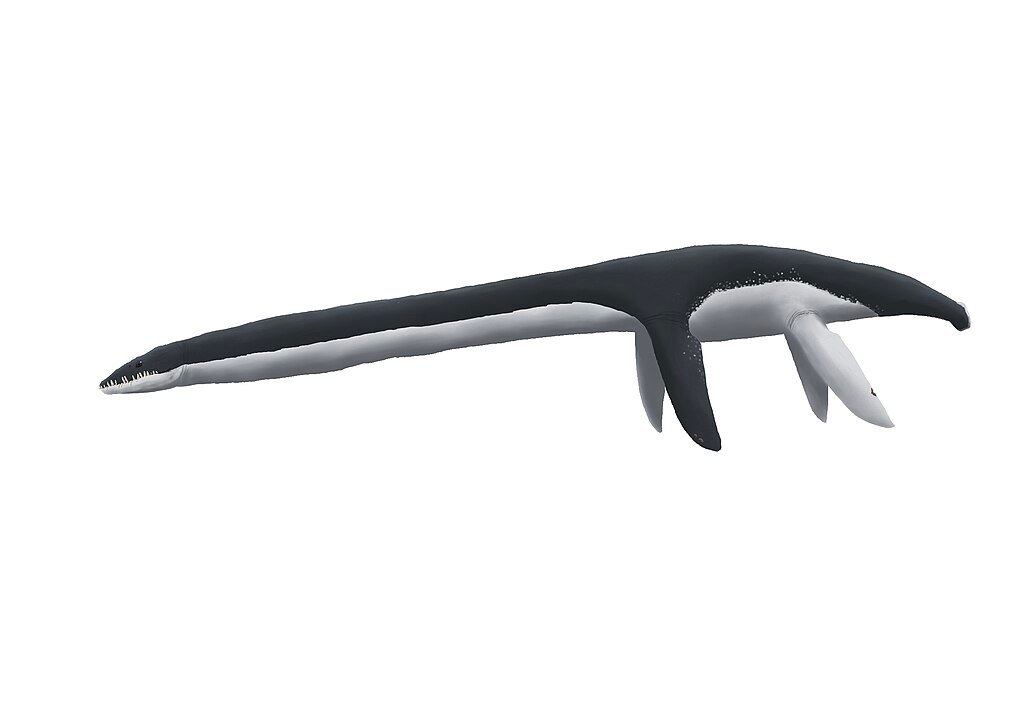
The species name, sandrae, honors Sandra Lee O’Keefe (née Markey), a “valiant warrior” against breast cancer, while the genus pays tribute to the Trask family. The fossils’ journey from riverbank discovery to provincial icon also memorializes Elizabeth Nicholls, a paleontologist who studied them in 2002 but passed away before seeing them classified.
Today, the fossils are displayed at the Courtenay and District Museum, where they’ve captivated visitors for years. “Fittingly, a region known for rich marine life today hosted strange and wonderful reptiles in the Age of Dinosaurs,” O’Keefe reflected.
Why This Discovery Matters Beyond Paleontology
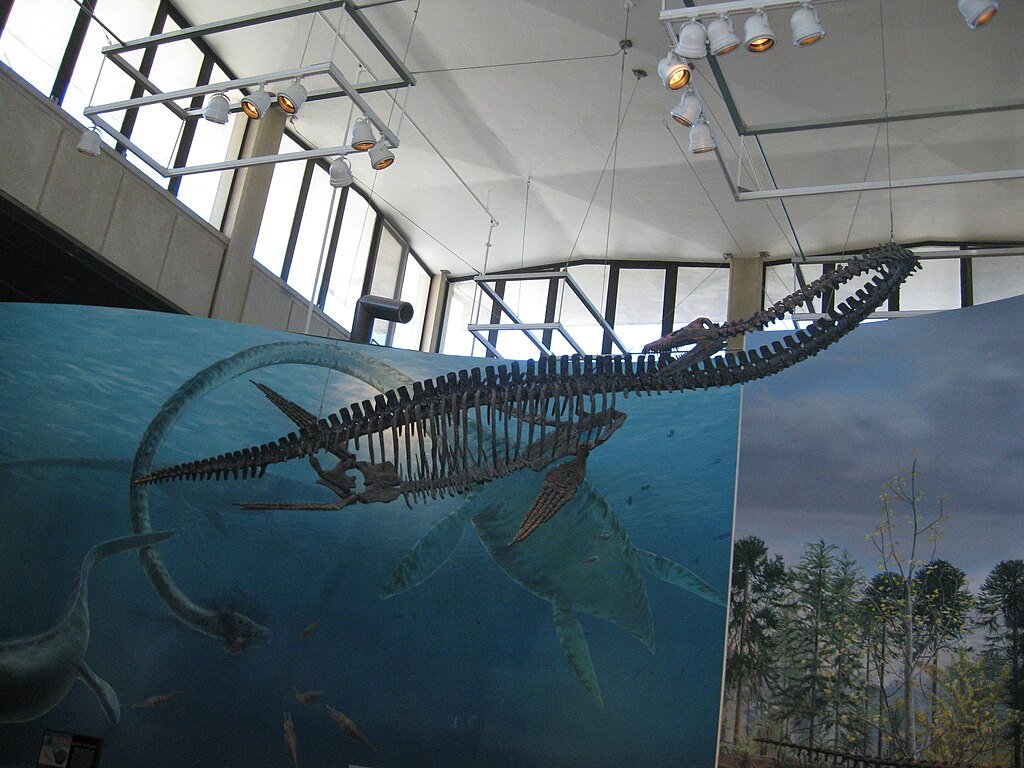
Traskasaura is a case study in how ecosystems drive evolution, not merely a scientific curiosity. Its ambush tactics and crushing teeth expose a hitherto unknown hunting method in elasmosaurus, so broadening our perspective of marine food chains 85 million years ago.
Additionally, its convergent characteristics with Southern Hemisphere species highlight how isolated oceans can produce parallel solutions to survival, a lesson pertinent to knowledge of contemporary marine biodiversity in view of environmental change.
The Takeaway: A Fossil Record Full of Surprises
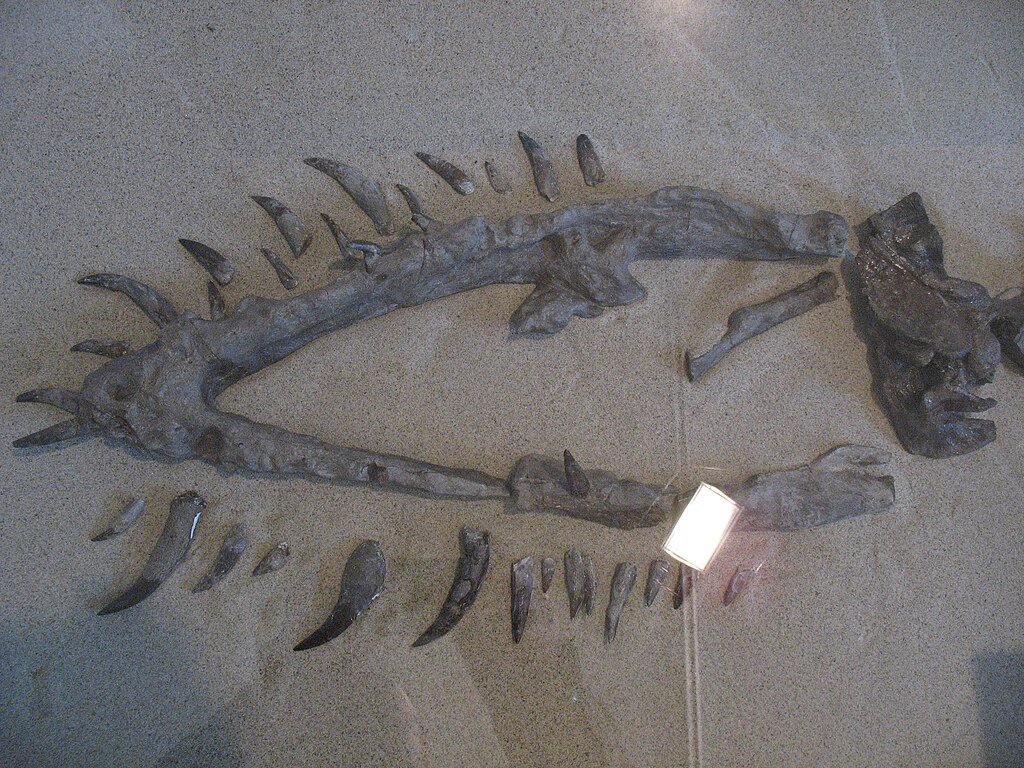
As O’Keefe put it: “The fossil record is full of surprises.” Traskasaura, a provincial emblem before it was fully understood, a predator with anatomy defying textbooks proves that even well-studied eras like the Cretaceous still hide “fascinating beasts” waiting to rewrite history.
For those eager to meet this prehistoric oddity, the Courtenay Museum’s exhibit offers a glimpse into the life of an elasmosaurus that refused to fit the mold until now.
Sources:

Jan loves Wildlife and Animals and is one of the founders of Animals Around The Globe. He holds an MSc in Finance & Economics and is a passionate PADI Open Water Diver. His favorite animals are Mountain Gorillas, Tigers, and Great White Sharks. He lived in South Africa, Germany, the USA, Ireland, Italy, China, and Australia. Before AATG, Jan worked for Google, Axel Springer, BMW and others.

